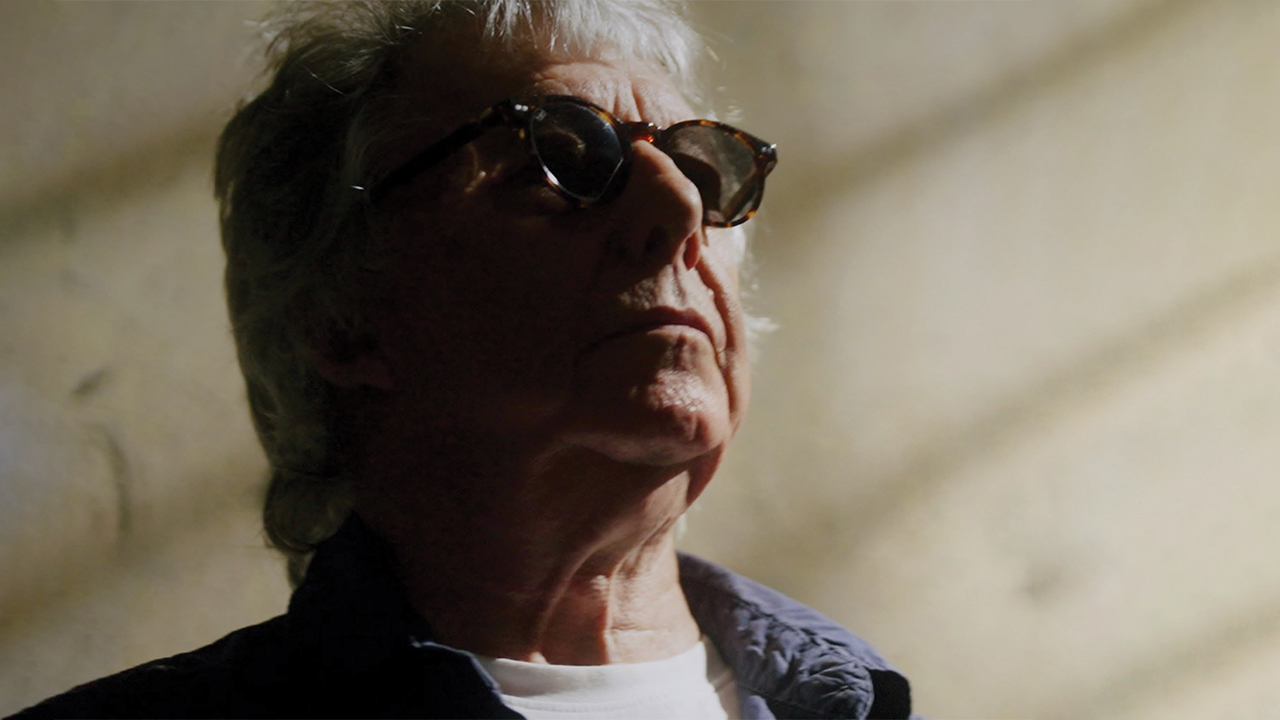A Brief History of Manticore Records: Mythological Beast
Relive the magic of some of the greatest imprints of all time in Prog’s bite-sized label guide.

Masterminded by Emerson Lake & Palmer bassist and vocalist Greg Lake, and inspired by the boutique labels of the day, Manticore Records was founded in early 1973. Named after the lion-with-human-head-and-bat-wings character from Persian mythology that defeated Tarkus on ELP’s 1971 concept album, the label was run by Lake, Keith Emerson, Carl Palmer and their manager Stewart Young.
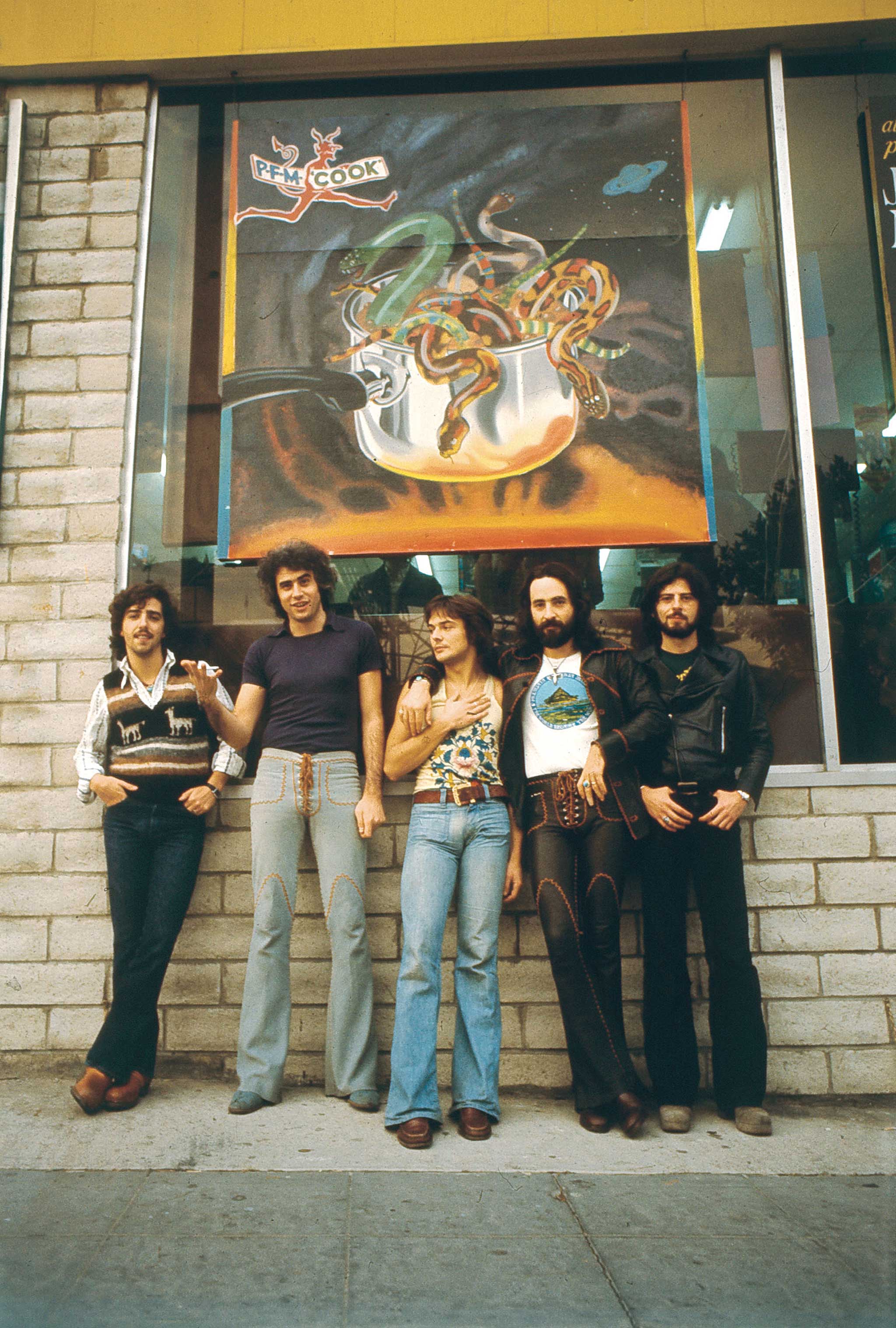
ABOVE: PFM
After initial distribution by Island in the UK, it soon had the full might of Atlantic Records behind it. Atlantic’s Ahmet Ertegun was a keen supporter of progressive rock. With the success of ELP and their enormous pulling power, he was more than happy to ensure the releases on Manticore were distributed by Atlantic.
Manticore’s releases were bespoke and they tapped into the progressive music scene of Italy, UK singer-songwriters and some good centre-of-the-road funk rock with an eye to the stateside market. ELP were all directly involved in the label’s initial signings.
“I can only refer it to a bit like The Beatles and Apple,” Keith Emerson told Goldmine in 2014. “We really liked bands like PFM, Stray Dog, Banco, Keith Christmas, Pete Sinfield, and we wanted to get them heard.”
how it began:
“Greg mentioned the idea of the label to me in late 1972,” Stewart Young recalls. “I was excited. This was at the time when the music business was really just starting and it was exciting to think about starting a record label that would be artist-driven – it was a partnership between Emerson, Lake and Palmer and myself.”
Young played a key part in Manticore. ELP’s manager from 1972, he took over from their previous management team, John Gaydon and David Enthoven at EG. At 25, he had never managed a band before. Like his father before him, Young was a chartered accountant by profession – ELP had walked into his father’s office to discuss tax issues. “My father rang through to me saying he had these three rather scruffy individuals called Emerson, Lake and Palmer in his office, and had I ever heard of them,” Young told NME in 1974. “I said, ‘No, but I’ll look them up.’ I thought he was talking about a firm of solicitors.”
Sign up below to get the latest from Prog, plus exclusive special offers, direct to your inbox!
After he saw them live, Young was on board. He knew little about the business but he was keen to learn and together they worked hard to get the balance right. Ahmet Ertegun took a shine to him and Manticore Records was in full operation by April 1973.
“We set up Manticore to try and make the entire record process as good as it could be,” Lake said in the notes for the 2008 reissue of Brain Salad Surgery. “We were also aware of a number of artists who we knew were having problems getting their music released and getting a record deal. We thought that by setting up our label, we could control things a lot better and also help out some of the other artists we admired.”
Young assembled a team of great people to ensure the label’s presence worldwide. “We started by hiring Peter Zumsteg from Switzerland – he was part of Good News, the biggest promoters there,” he remembers.
Zumsteg would be the man who introduced Keith Emerson to HR Giger to create the legendary foldout sleeve of Brain Salad Surgery. “We also had Pat Mulligan from Atlantic Records who was running the Atlantic international side of the label from New York. We also gave Ashley Newton his first job.”
Newton would end up being the president of Columbia Records.
Emerson Lake & Palmer’s mid-price live album, Pictures At An Exhibition, had been released on the Island low-price ‘HELP’ imprint. As ELP’s distribution changed to Atlantic, later pressings became the label’s first release. All of ELP’s previous albums would soon be reissued on Manticore.
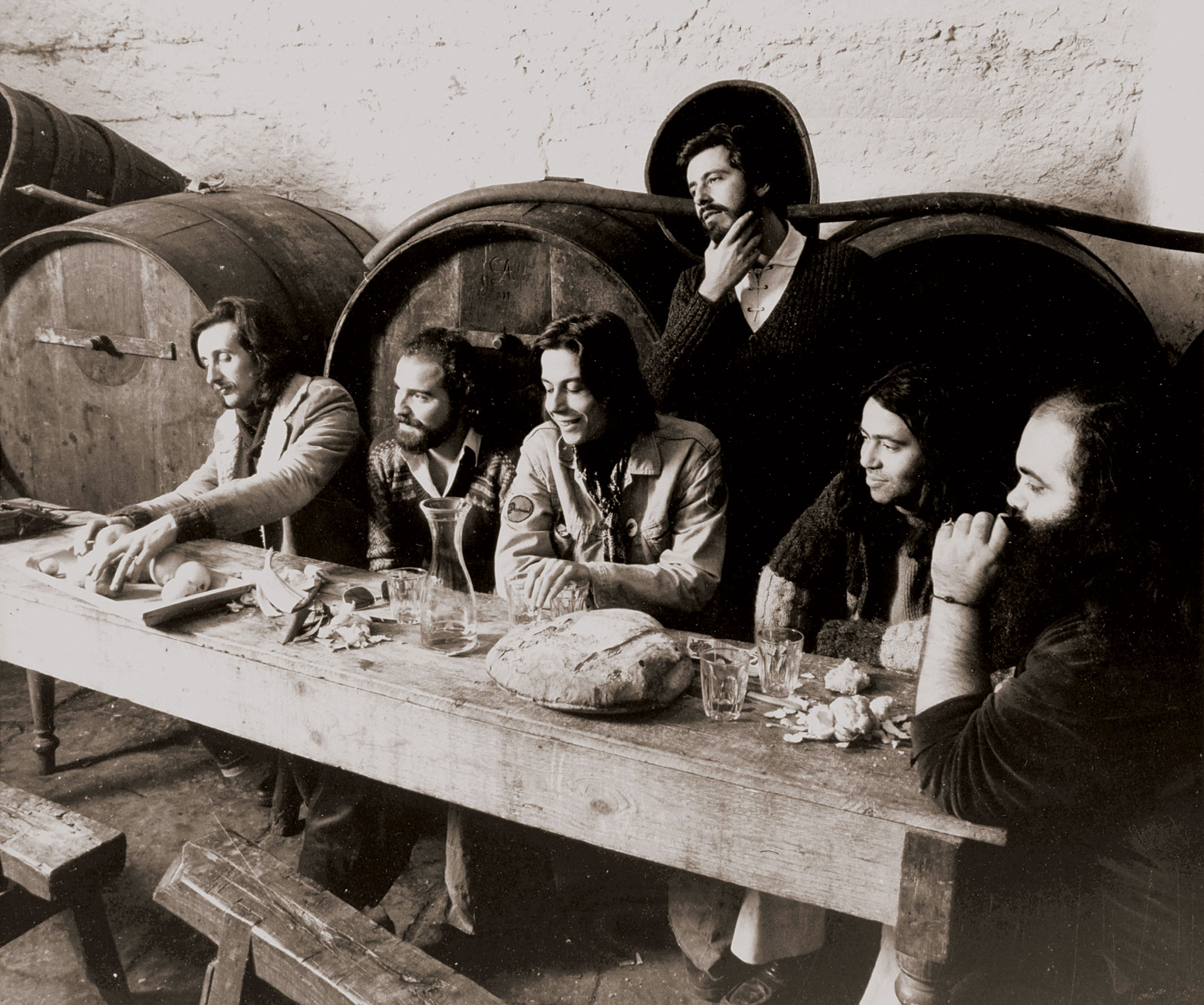
ABOVE: BANCO DEL MUTUO SOCCORSO
The Golden Period:
Manticore was based in an old ABC cinema on Fulham Palace Road in west London, complete with Manticore signage hung proudly outside. The old projection room was turned into an office while the auditorium was converted into a rehearsal space. The label’s small yet diverse roster saw a variety of talent, all with an acute eye on the American market.
Pete Sinfield was the house poet, if you will, moving between writing for ELP and releasing Still, his one and only solo album. “Pete put together a great band and we did a special show in the Manticore cinema – Nesuhi Ertegun from Atlantic Records flew in from America for it,” Young recalls.
Sinfield also provided new English words for Manticore’s outstanding prog act, the Italian PFM, to sing.
Hanson was a showcase for Junior Hanson, who as Junior Marvin became one of Bob Marley’s Wailers. Stray Dog, another signing, were so named after the heroic creature from the Tarkus story. There was also the ethereal singer-songwriter folk of one-time Bowie cohort Keith Christmas. His second album, Stories From The Human Zoo, recorded in Los Angeles, featured assistance from Steve Cropper and Donald ‘Duck’ Dunn.
ELP were, of course, the star turn, and the label released their work right at their summit. Brain Salad Surgery remains their masterpiece, a balance of prog and pomp that showcases their considerable talents. Their triple live album, the love-it-or-hate-it Welcome Back, My Friends, To The Show That Never Ends… is one of the most successful three-disc sets of all time.
As ELP grappled with prohibitive tax arrangements in the UK, Carl Palmer told Melody Maker’s Chris Welch in 1974: “When you’re involved with a big, successful group, and your own record company, it’s easier to work in America. It’s easier to get a record label like Manticore off the ground in America too, because there’s more talent there.”
In the States, the label became run by industry legend Mario ‘The Big M’ Medious, who’d been running the promotion department of Atlantic in New York City.
Thee Image were a funk and AOR-based signing that featured an ex-member of Iron Butterfly. There was also an up-and-coming talent called Little Richard. “Mario was friendly with Richard and brought him over to see me,” Young recalls. “I was a huge fan, of course, and had to sign him. I put him on a tour with Johnny Winter to see if we could cross him over to the rock audience.”
Although Little Richard’s solitary release on the label was not a huge success, it demonstrated Manticore’s willingness to diversify.
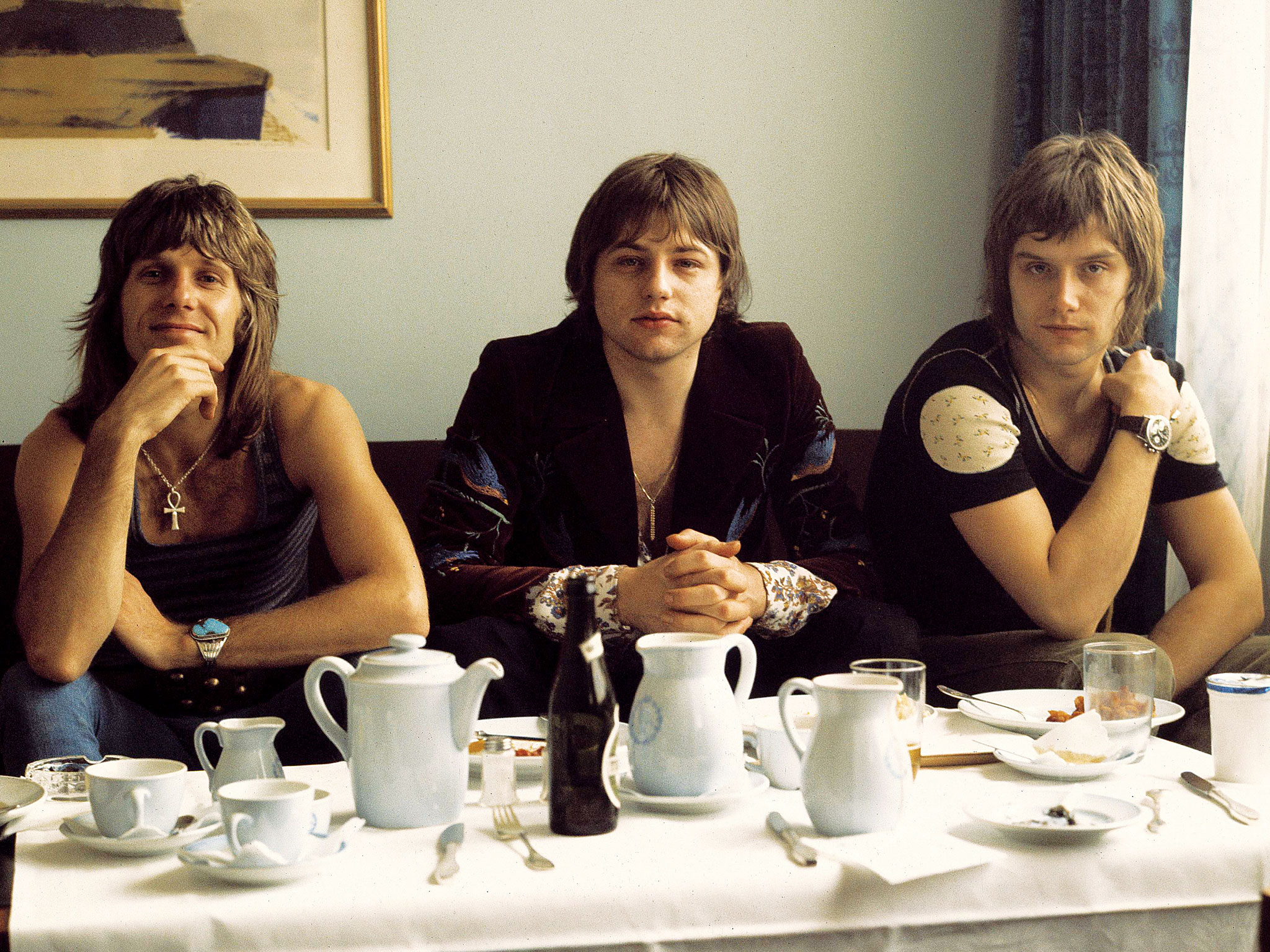
ABOVE: ELP, PHOTO BY GETTY
What Happened Next:
In the final year of its operation, distribution moved from Atlantic to, unbelievably, Motown. “Mario knew them and Motown were keen to expand into the rock market,” Young says. “We did not deal with Mr Gordy [Berry Gordy, label founder] direct but with [vice president] Suzanne de Passe.”
The connection with Motown was to be short-lived. Billboard magazine mentioned in passing the demise of Manticore in May 1977, while discussing a similar fate for the Moody Blues’ label, Threshold. ELP’s solo-and-apart opus, Works, was released directly on Atlantic.
When Manticore folded, there was a feeling that it had enjoyed a good run and ELP were now about to embark on one of their most ambitious projects. “There was a lot happening with ELP at that time as we decided to tour with a full symphony orchestra,” Young says. “It was incredibly expensive and we had to invest a huge amount of money. It was also technically challenging and took a lot of our time.”
With the bosses involved in their own careers, they simply weren’t able to devote as much time to it as they would have hoped. “We were not really being successful with the label and decided to let it run down,” Young says.

ABOVE: JUNIOR HANSON
Today:
Some of the releases on the label, as well as the excellent anthology, Envelopes Of Yesterday: The Manticore Records Story 1973-1976, can be found as expanded reissues on Esoteric. ELP’s catalogue, after leaving Warners, was reissued extensively by Sanctuary before finding its current home at Sony. A trip around Spotify will introduce you to the wonders of Hanson and Thee Image.
Why should we care:
Although people identify Manticore with being solely about Emerson Lake & Palmer, the talent on its roster showcases surprising diversity. The fact that its bands didn’t all sound like ELP themselves arguably led to its ultimate decline as not everything was in their image.
“It was a very exciting time,” Young recalls. “The first band we signed was PFM and I went to Milan to see them in concert. On the way, there was a lot of shouting between them. I thought they were breaking up. It transpired they were discussing where to take me for dinner!”
Above all, Manticore can be seen as a symbol of a different era. “We did a launch concert for Banco at the Teatro La Fenice in Venice,” Young says. “We flew journalists from all over the world to see them. Keith came over for it. There was fog and our flight was diverted to Milan and we had to get a train to Venice. The train stopped and split into two, one part going to Venice and the other to Austria. Soon, Keith said to me that he didn’t know there were mountains in Venice. We had to get off and get a taxi 100 kilometres to Venice. The taxi drivers thought they had won the lottery.
“We got there just in time for the show, which was very beautiful and a big success.”
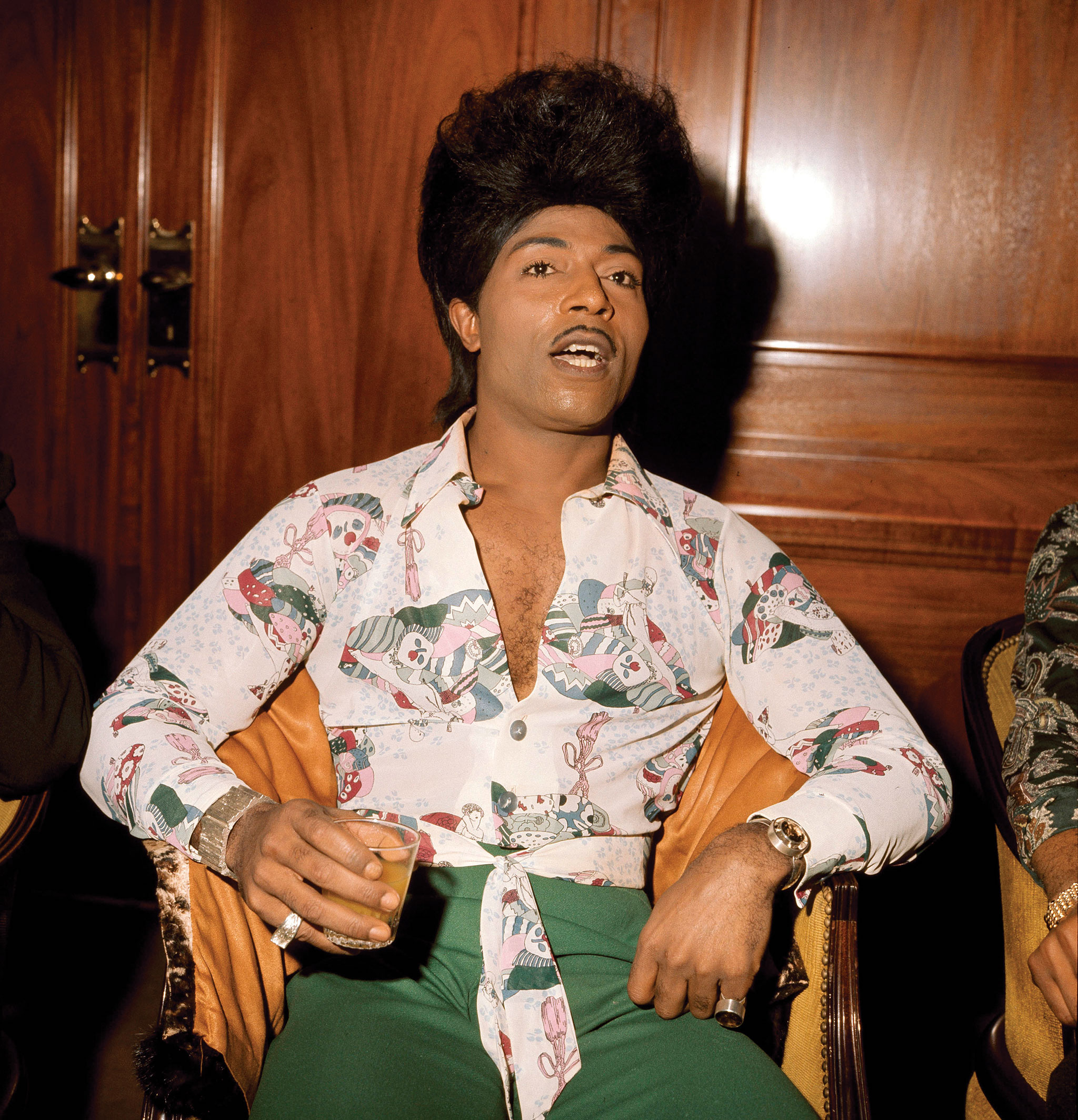
ABOVE: LITTLE RICHIE (PHOTO BY GETTY)
Manticore facts
The stats behind the label.
First album release: Still by Peter Sinfield (Manticore ANTI 2001/K43501,1973), although Pictures At An Exhibition by Emerson Lake & Palmer had been reissued on Manticore before in some territories
First single release: Celebration/Old Rain by PFM (Manticore HEVY2, May 1973)
Highest charting album: Brain Salad Surgery (Manticore MC 66669/K53501) reached No.2 in the UK album charts in 1973
Obligatory triple live album: Welcome Back, My Friends, To The Show That Never Ends, Ladies And Gentlemen, Emerson Lake & Palmer by Emerson Lake & Palmer (Manticore K63500, 1974)
Number of UK No.1 singles: None, but I Believe In Father Christmas by Greg Lake (Manticore K13511) reached No.2 in December 1975 and was only kept off the top spot by Queen’s Bohemian Rhapsody
Final release: Jet Lag by PFM (Manticore K 53511, 1977)
FURTHER LISTENING
The albums and tracks you need to hear.

Envelopes Of Yesterday: The Manticore Records Story 1973-1976
(Esoteric, 2011)
Taking its title from the track by Pete Sinfield, this 26-track overview of the label showcases the breadth of its output. All artists bar Little Richard are represented.
Celebration
PFM
(Photos Of Ghosts, 1973)
As Chris Salewicz noted in Let It Rock, PFM were “ELP minus Persian rug plus added sunshine; what Caruso would be doing today”. Celebration is one of PFM’s most accessible pieces.
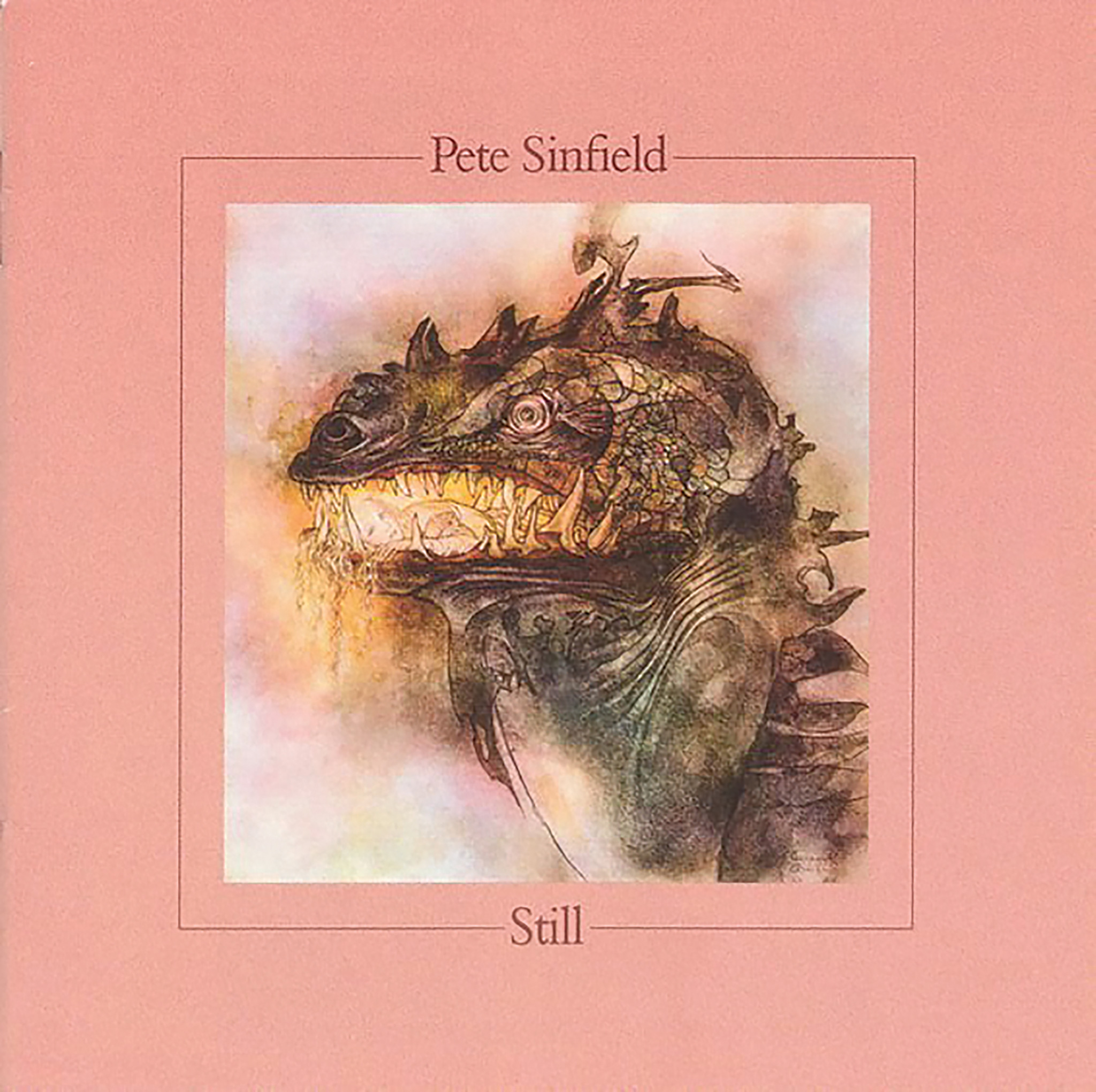
Still
Pete Sinfield
(Still, 1973)
The King Crimson and ELP lyricist, Roxy Music producer and later Bucks Fizz collaborator released his one and only solo album on the label. Its lush, folk-tinged melodies are crowned by this title track.
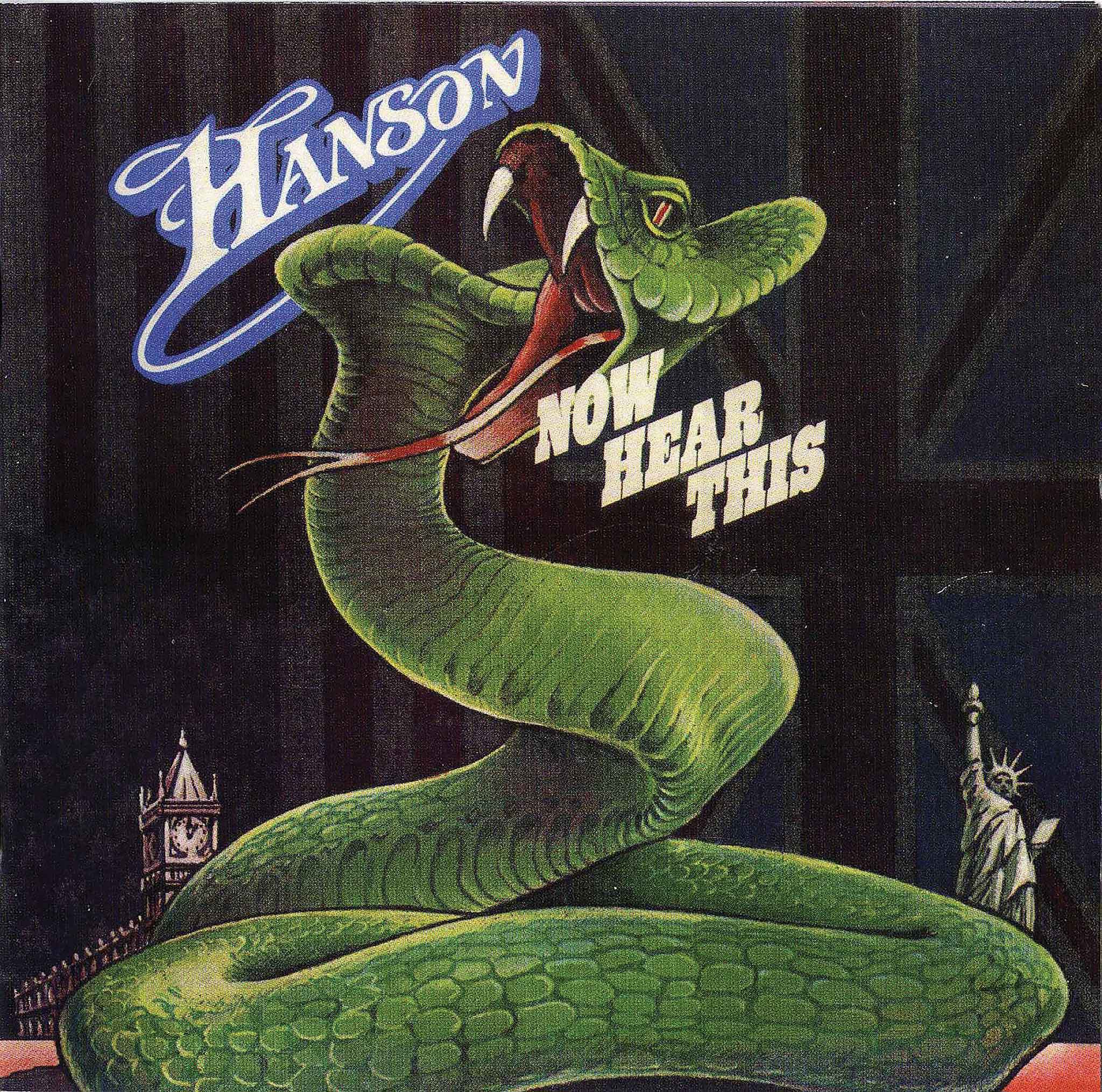
Love Knows Everything
Hanson
(Now Hear This, 1973)
Recorded at Island Studios, this made it to a promo single, and is one of the best records you have yet to hear. The label stated: “Thanks to Keith Emerson for use of his Mini-Moog synthesizer.”

Karn Evil 9
Emerson Lake & Palmer
(Brain Salad Surgery, 1973)
Every label needs a flagship act and every flagship act needs a flagship album that contains a flagship song. For Manticore it was ELP’s Brain Salad Surgery, and the audacity and grandstanding of Karn Evil 9 is the moment when everything came together.
Drift Off Endlessly
Thee Image
(Thee Image, 1975)
Wistful singer-songwriter balladry from the group founded by Duane Hitchings and Iron Butterfly’s Mike Pinera. Much of the album is funk rock, like Billy Joel meeting Elton John round at Donald Fagen’s.
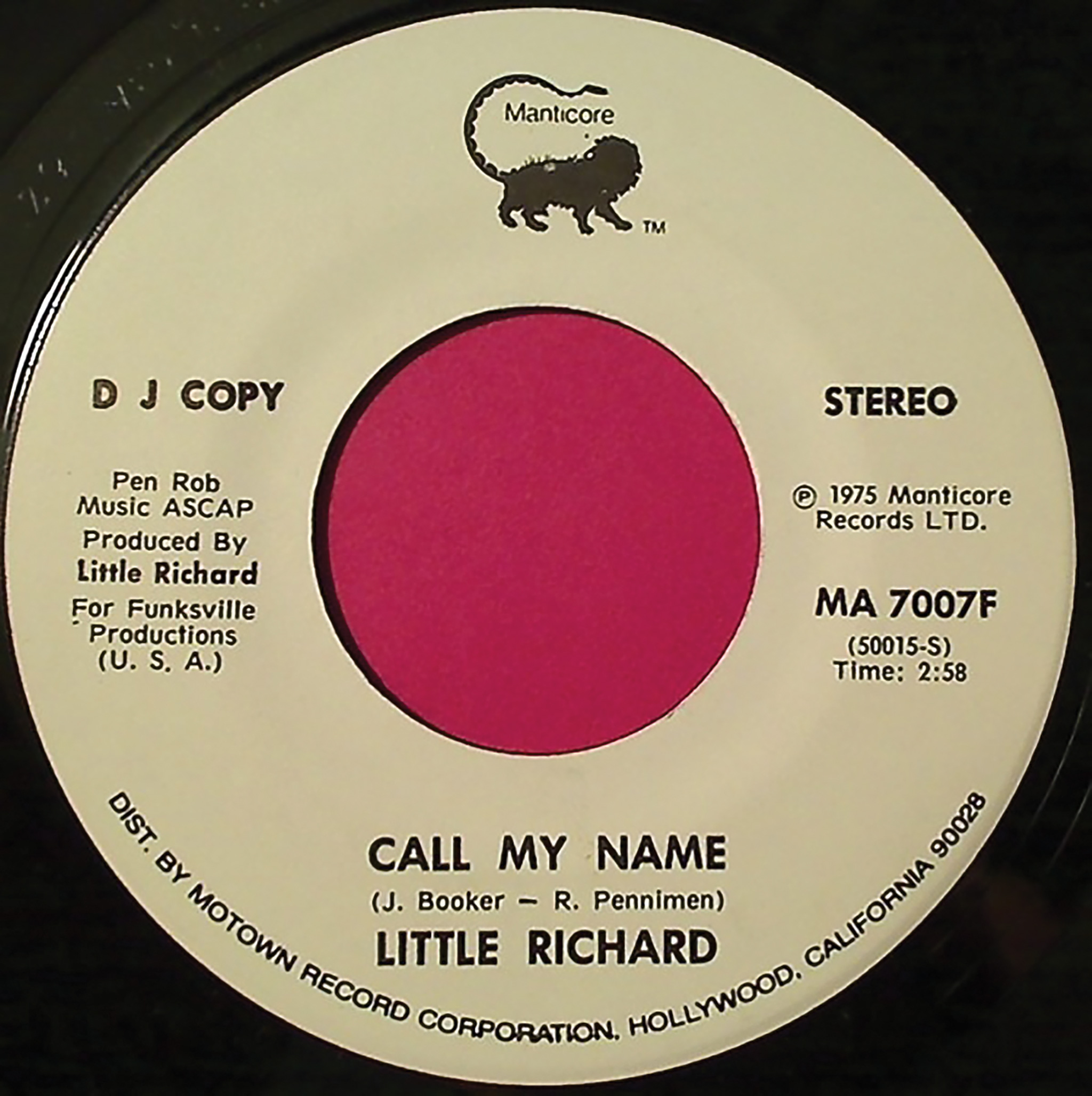
Call My Name
Little Richard
(Single, 1975)
“Produced by Little Richard for Funksville Productions (USA),” this curio was one of the first singles distributed by Motown. It all seemed a very long way away from a converted cinema on Fulham Palace Road.
Honky Tonk Train Blues
Keith Emerson
(Works II, 1977)
Released in 1976, this faithful, stomping cover of Meade Lux Lewis provided Emerson with the opportunity to show off his love of boogie-woogie. The final single to be released on the Manticore label, Emerson’s track reached No.21 in the charts.
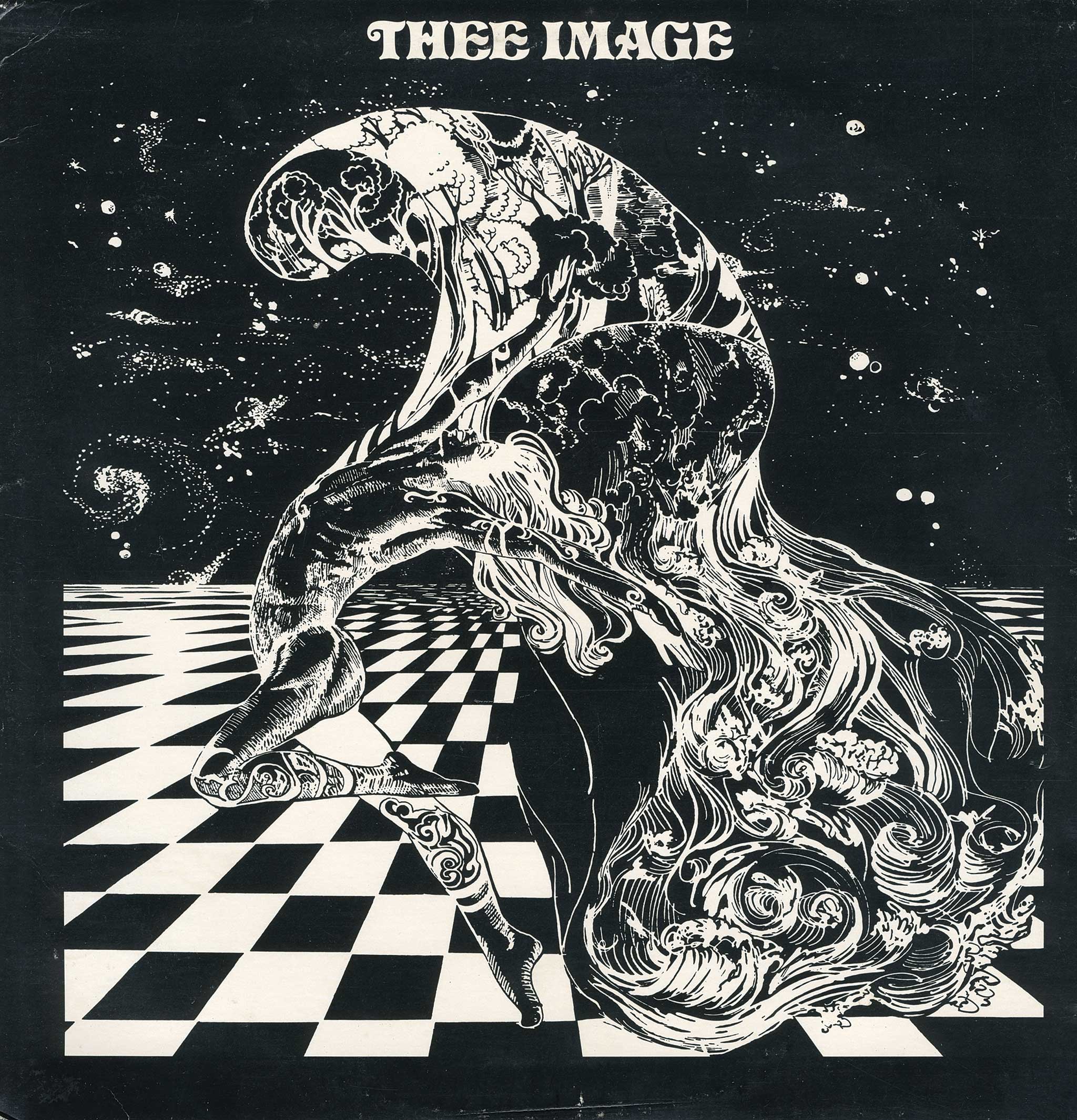
Daryl Easlea has contributed to Prog since its first edition, and has written cover features on Pink Floyd, Genesis, Kate Bush, Peter Gabriel and Gentle Giant. After 20 years in music retail, when Daryl worked full-time at Record Collector, his broad tastes and knowledge led to him being deemed a ‘generalist.’ DJ, compere, and consultant to record companies, his books explore prog, populist African-American music and pop eccentrics. Currently writing Whatever Happened To Slade?, Daryl broadcasts Easlea Like A Sunday Morning on Ship Full Of Bombs, can be seen on Channel 5 talking about pop and hosts the M Means Music podcast.

